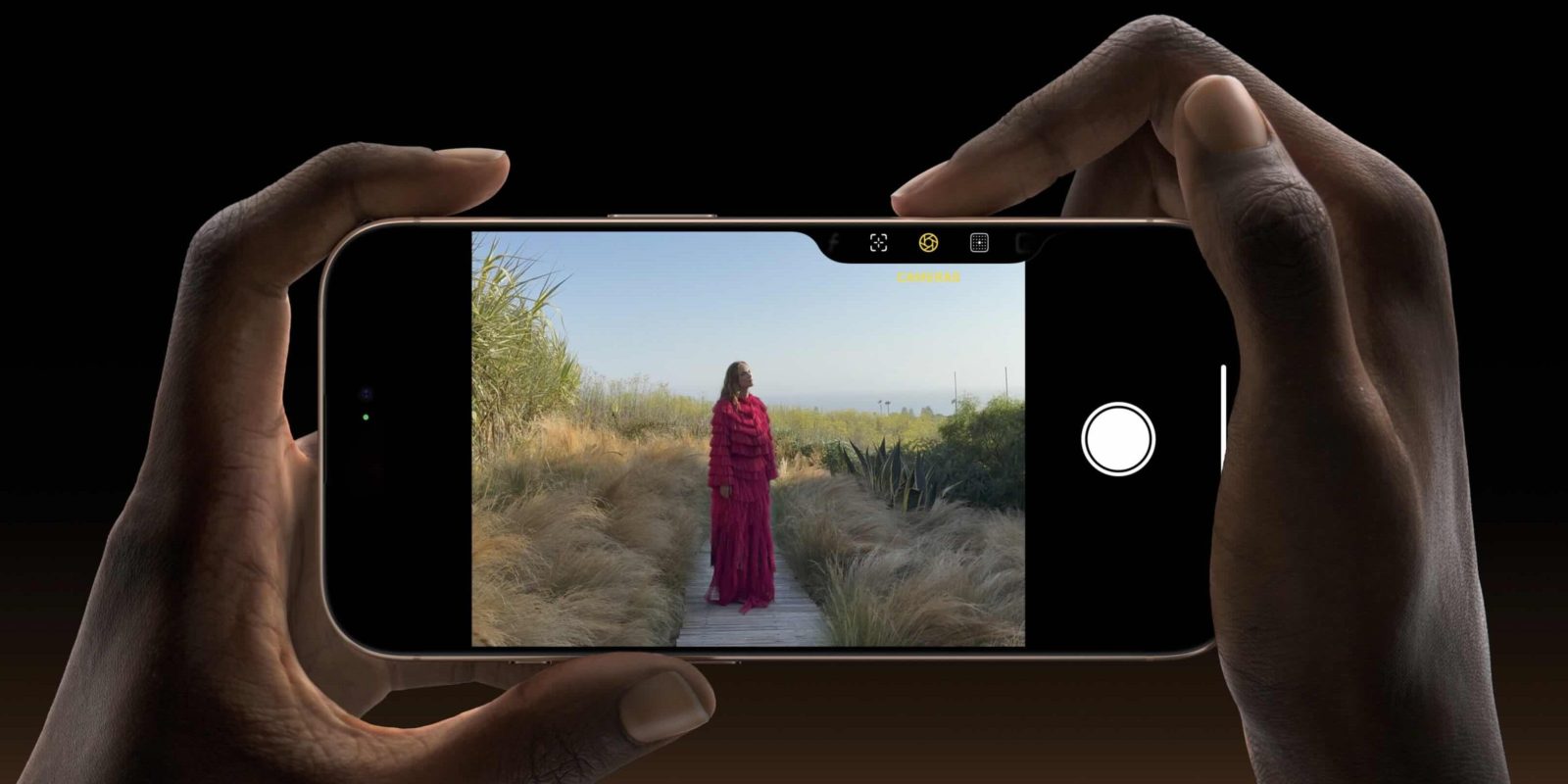
I absolutely love the new Camera Control button on iPhone 16, but the default settings aren’t for me. By default, I find it too slow to activate and too accident prone when taking photos. Fortunately, Apple gives you fairly granular control over Camera Control — even if the toggles are scattered around in the Settings app.
Launch Camera instantly
I’ve sort of had iPhones before with dedicated camera buttons. Several years back, I used the iPhone 11 Pro Smart Battery Case with a camera launcher. More recently, I used iPhone 15 Pro Action button assigned to launch the camera and take photos.
iPhone 16 introduces the most dedicated shutter button with Camera Control, but by default it doesn’t work like the other two experiences. That’s because Camera Control wakes your display from sleep on first click, requiring a second click to launch Camera and a third click to snap a photo.
Apple added an option to change this in a software update shortly after releasing the iPhone 16. Prior to the software update, I was still using the Action Button to launch Camera to save a click.
So the first change I make is in Settings > Display & Brightness > toggle off Require Screen On under CAMERA CONTROL. Boom, now it works like the old Smart Battery Case and Action Button.
Simplify Camera Control
More recently, I’ve been trying Camera Control with the light-press input turned off. I find that my finger is almost always on the Camera Control ready to snap a photo. Too often, though, I accidentally light-press and swipe and actually lose control of my camera. The way disabling light-press as an input works is interesting.
First, you can find the option in Settings > Camera > Camera Control > Accessibility where the toggle for Light-Press is under CONTROLS GESTURE. I’m running Camera Control with Swipe toggled on, and Light-Press toggled off.
However, I do like the option to lock focus and exposure with what feels to me like a light-press. Technically, the Lock Focus and Exposure option is invoked by “lightly pressing and holding,” according to the description in Settings. That means focus and exposure lock can be toggled on and off independently from the Light-Press gesture.
So how is this?
The result of these two setting tweaks is that I’m able to launch Camera faster and take photos without delay. No need to press twice if my screen is off (but looks on) and once if I’m in an app.
And by keeping the swipe gesture enabled, I’m still able to access the micro menu of camera control settings with a short swipe of the Camera Control surface. Swiping more will control whatever setting is active currently Cameras for me. I can also swipe down with my thumb on the micro menu if I want to scroll through other settings like zoom, depth, and exposure.
Practically, though, what I’m after is a dedicated button for launching Camera and snapping photos. The other camera controls, with the exception of focus and exposure lock, can be a bit much for me. I’m more likely to interact with the big iPhone touchscreen than navigate a micro menu for tweaking camera settings. The appeal of doing it all with one hand is nice, but I regularly hold my iPhone in landscape with two hands to steady the shot and frame it just right.
The more I play around with Camera Control, the more I think I might just disable Lock Focus and Exposure too. Tapping and holding on a part of the viewfinder is more intentional and less accident prone.
Where does that leave Camera Control for me? It’s even more awesome! It launches Camera and takes photos. Action Button can do that, but it’s located on the exact opposite position of where you expect a shutter button if you’re holding your iPhone in landscape orientation and want the camera sensors on top and not bottom.
If you really wanted to simplify Camera Control, you could even disable swipes altogether in the same Accessibility section as Light-Press. Now you’ve got a truly simple shutter button — and you can still control your shooting settings in all the same ways as previous iPhones.
Top iPhone accessories
FTC: We use income earning auto affiliate links. More.





